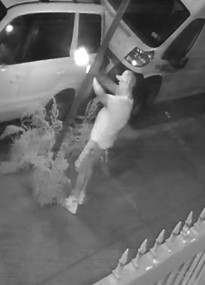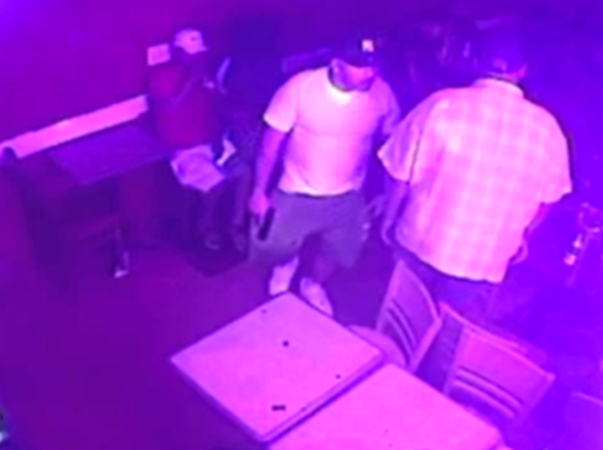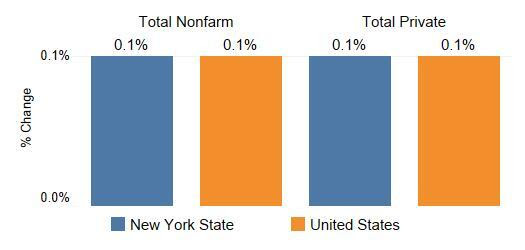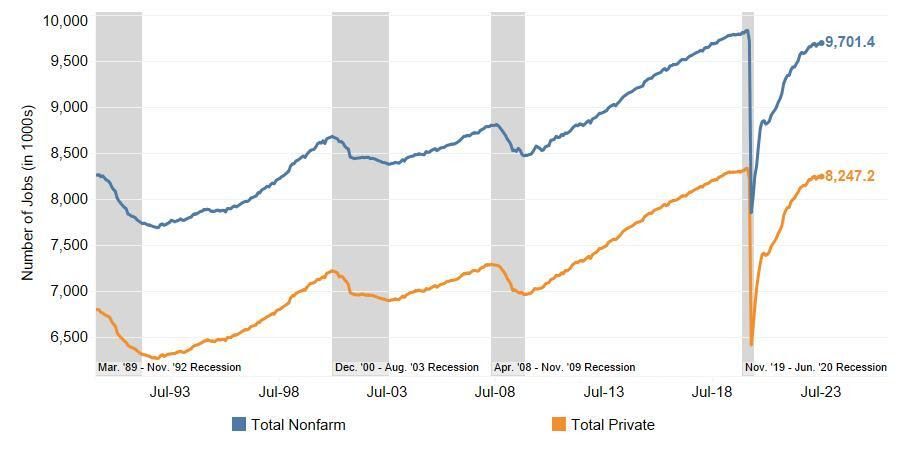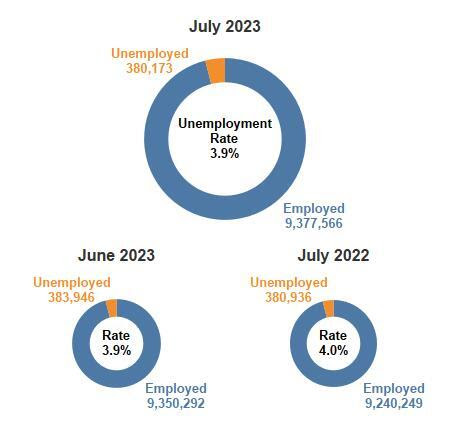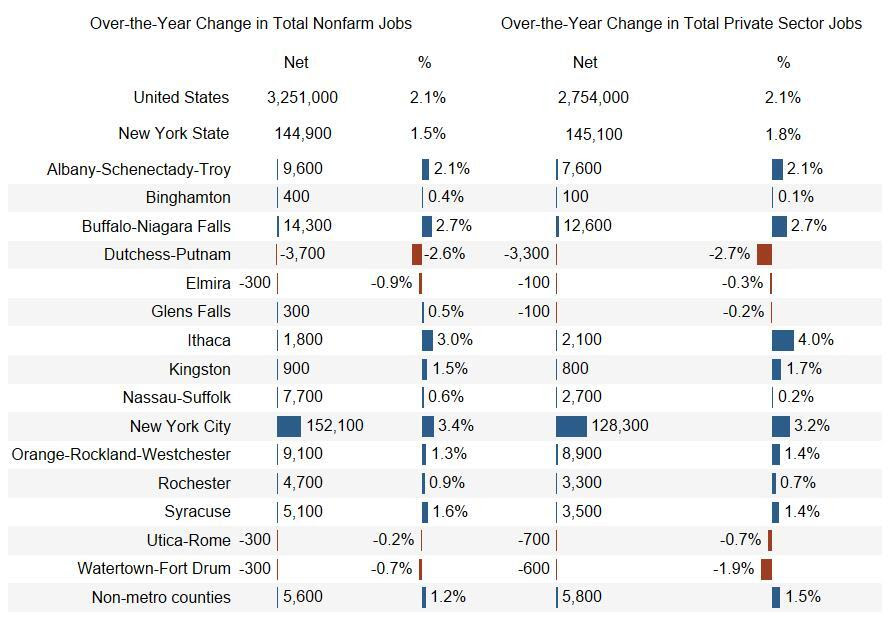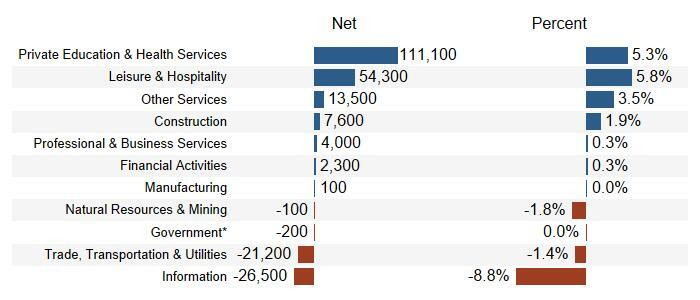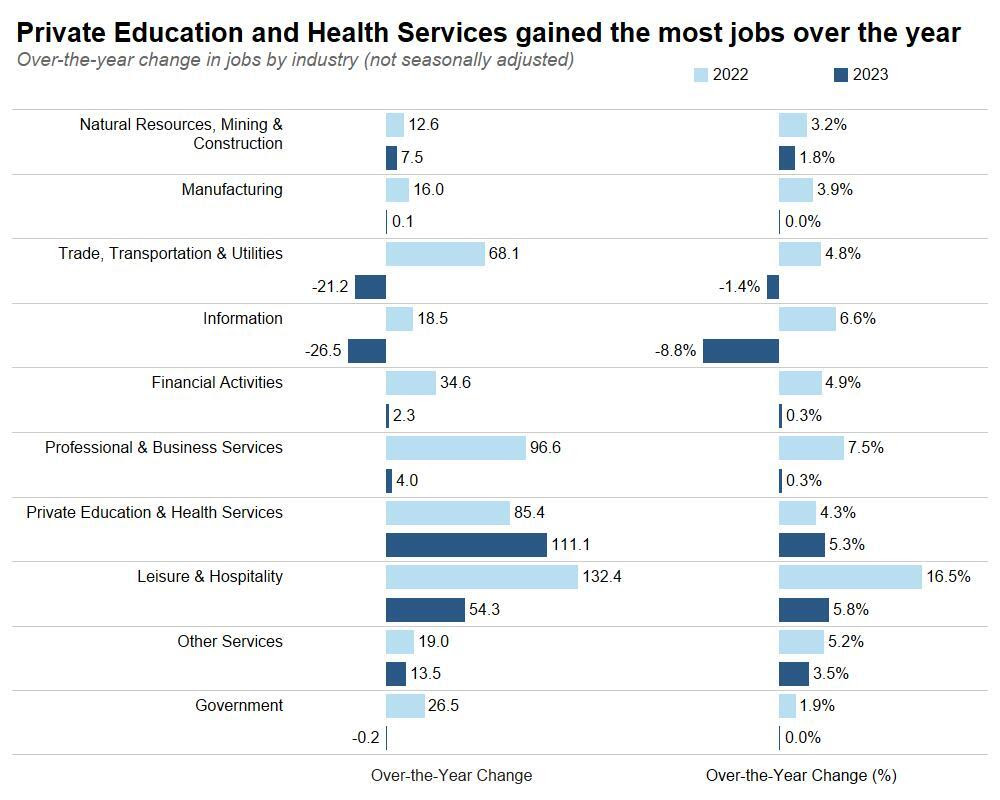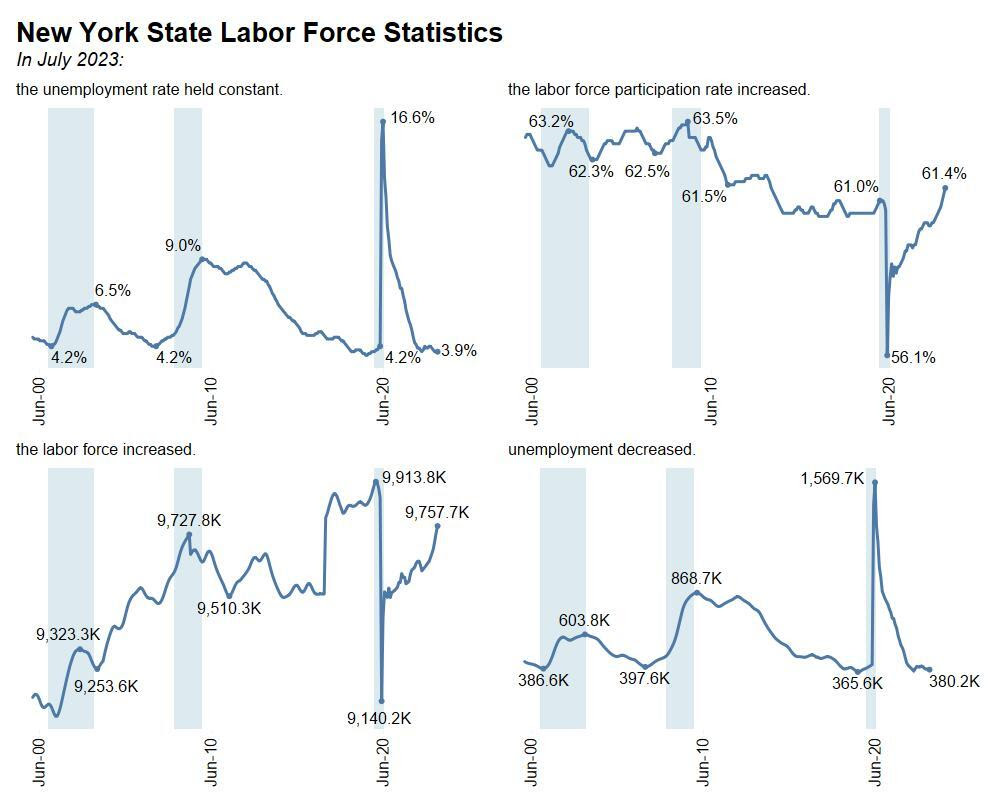New York Attorney General Letitia James today called on the U.S. Department of Homeland Security (DHS) to take immediate action to grant work authorization permits for migrants who are new to the United States. As part of a coalition of 19 attorneys general, Attorney General James sent a letter to DHS Secretary Alejandro Mayorkas urging the federal government to resolve the delays and bureaucratic inefficiencies that are preventing migrants from finding work and making it more difficult for states to provide sufficient resources to support migrants.
“For generations, immigrants have come to New York seeking new opportunities for themselves and their families, and recent arrivals are no different,” said Attorney General James. “But bureaucratic delays and a lack of work permits are depriving new immigrants of the chance to create a better life here in America. Moreover, these delays are hurting our economy by depriving businesses of a much-needed source of labor. Immigrants helped build the Empire State, and I will continue to fight to make sure they are treated with dignity and have a fair shot at the American dream.”
While many newly arrived migrants are eligible for work authorization and eager to find employment, long processing delays have left many unable to support themselves and their families. This has placed an increasing and unsustainable burden on states that offer support services to ensure that migrants do not go without food, shelter, medical care, and education.
Businesses are also experiencing increasing demand for workers in key industries like food service, retail, transportation, and health care. Expediting work authorization for migrants will help meet these demands and reduce the risk that workers will be subjected to depressed wages, poor working conditions, or other violations of their rights.
The coalition notes that while a significant portion of migrants are immediately eligible for work permits, processing delays have left many waiting 10 months or more for authorization. Wait times are particularly long for those who require a fee waiver, as they cannot submit their applications online. Of those migrants who have managed to secure employment authorization, many have lost their jobs due to the expiration of their work permits while renewal applications are pending.
The attorneys general are urging the federal government to remedy these problems, and are specifically requesting that DHS:
- Grant work authorization when new arrivals are allowed to remain in the United States;
- Address inconsistent lengths of permitted time allowed in the United States and streamline renewal;
- Automatically renew work authorization permits whenever someone’s allowance to remain in the United States or other immigration status is renewed; and
- Make work authorization applications with a fee waiver available online to streamline and expedite processes.
Joining Attorney General James in sending today’s letter are the attorneys general of Arizona, Connecticut, Delaware, Hawaii, Illinois, Maryland, Massachusetts, Michigan, Minnesota, Nevada, New Jersey, New Mexico, Oregon, Pennsylvania, Rhode Island, Vermont, Washington, and the District of Columbia.
